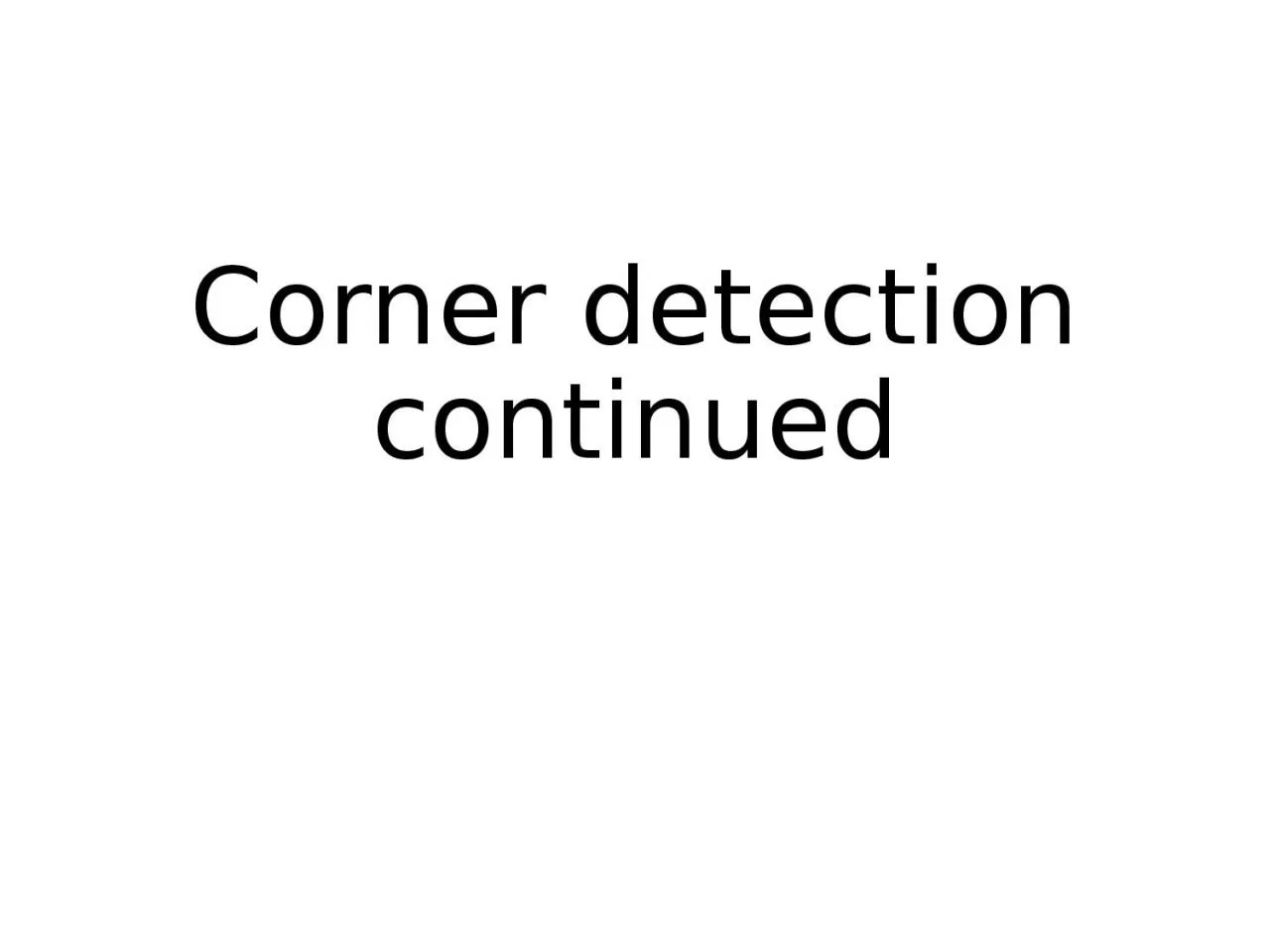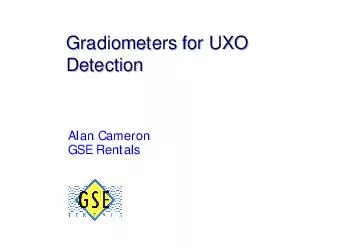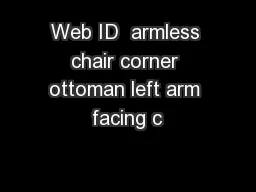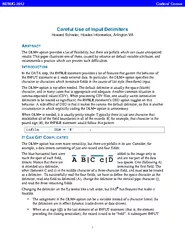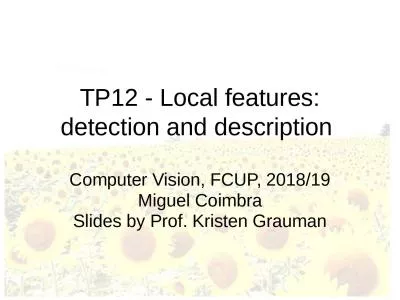PPT-Corner detection continued
Author : kylie | Published Date : 2023-06-24
The correspondence problem A general pipeline for correspondence If sparse correspondences are enough choose points for which we will search for correspondences
Presentation Embed Code
Download Presentation
Download Presentation The PPT/PDF document "Corner detection continued" is the property of its rightful owner. Permission is granted to download and print the materials on this website for personal, non-commercial use only, and to display it on your personal computer provided you do not modify the materials and that you retain all copyright notices contained in the materials. By downloading content from our website, you accept the terms of this agreement.
Corner detection continued: Transcript
Download Rules Of Document
"Corner detection continued"The content belongs to its owner. You may download and print it for personal use, without modification, and keep all copyright notices. By downloading, you agree to these terms.
Related Documents

